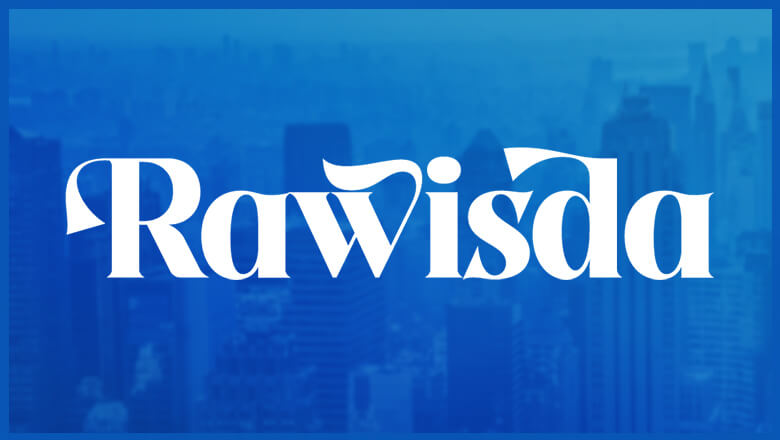
views
What is a double die penny?
A double die penny has doubled features and may look off-center. This is a rare type of coin minted when the design on the die used to stamp (strike) the coin's features is misaligned. It only looks like the coin has been struck twice, though. In reality, it was only struck once, and it's the error in the die that makes the features look doubled. For the same reason, the coin design may look slightly or dramatically off-center. A die is made from a hub, which has an image of the coin engraved on it as it will appear when the coin is minted. To make the die, the hub gets pressed up against a piece of steel so it can imprint the negative (reverse) image of the coin onto it. If the hub is misaligned (which can happen after a lot of use), the coin image on the die will also be misaligned. It's also possible (though much rarer) for coins to be minted with triple and quadruple dies. Most double die pennies are only worth a few dollars. But the rarer and better condition they're in, the more their value increases.
What does a double die penny look like?
A double die penny has letters, numbers, or designs that look doubled. For example, if a die was misaligned and is now doubled on the year the coin was minted, the year on the obverse side of the penny will look like it was struck twice. The numbers will also be noticeably raised from the face (called the field) of the coin. How do I confirm I have a double die penny? If you suspect your penny could be double died, examine both the obverse (front) and reverse side of the penny closely. Some doubling can be seen with the naked eye, but it can also be so subtle that you need to look at it through an eye loupe or a microscope to see it. Coin collectors and numismatists catalog double die pennies as either "Double Die Obverse" (DDO) or "Double Die Reverse" (DDR) depending on which side of the coin is doubled.
Most Valuable Double Die Pennies
1958 Double Die Penny There are few coins where the doubling in the die is as obvious as it is in the 1958 Lincoln cent. This penny has strong a strong double die in the words "IN GOD WE TRUST" and "LIBERTY" on the obverse side. You can also see it in Abraham Lincoln's ear, chin, bow-tie, and vest. Only three 1958 double die pennies are known to exist, and one of them sold in 2023 for a whopping $1.14 million!
1955 Double Die Penny The 1955 Lincoln penny has the honor of having kicked off coin collectors' interest in double die pennies. And for good reason: it has an obvious double die error – even a newbie to coin collecting could spot it! If you're lucky enough to find one, just look at the obverse side and you'll see right away that the words "IN GOD WE TRUST" and "LIBERTY," as well as the year, are dramatically doubled. An ungraded version of this penny can sell for $1000, whereas a mint version can go for up to $30,000 at auction! In the coin world, "grading" is how collectors find an old coin's value. To get a grade, they typically send the coin to a professional grading service like NGC or PGCS, which will check how good the coin looks (i.e., if it still has luster, if any of the details are faded, if the color is dull, etc.). If a coin is uncirculated, meaning it was never used to buy and sell goods in public, and looks almost like it's fresh out of the mint, it could achieve a mint grade – the highest of all! This alone can increase the coin's value hundreds or even thousands of times.
1969-S Double Die Penny Only 100 1969-S double die pennies are known to exist, which makes this coin both rare and extremely valuable! Like the 1955 double die penny, the doubling is strongest in the "IN GOD WE TRUST" and "LIBERTY" words on the obverse side. The year is also obviously doubled. One of these coins in mint condition sold for $126,000 in 2008! The "S" stands for "San Francisco," which was where this coin was minted. Notably, it's not doubled because it was stamped into the coin with a separate die.
1972 Double Die Penny There are at least 12 different variations of the 1972 double die penny. The pennies from this year with the most obvious doubling are called the "major" varieties, whereas the pennies with the weakest doubling are dubbed the "minor" varieties. Minor or major, however, they can still sell for $100-$600 (depending on their rarity and condition), if not thousands of dollars. One "minor" 1972 double die penny in mint condition sold for over $21,000 at auction in 2023!
1983 Double Die Penny The double die penny from 1983 is unique on our list because it has strong doubling on the reverse side of the coin. The error is easily visible to the naked eye in the words, "UNITED," "E PLURIBUS UNUM," and "ONE CENT." Typically, these coins sell for $100-$400, but those in mint condition can go for $1000-$7000.
Double Die Penny vs Double Struck Penny
Double struck pennies were stamped twice and have flat, faded details. When a coin is struck twice in the mint in error, the main feature you'll notice is the details on the coin are flattened and may even fade into the field. Compare that to double die pennies, which aren't stamped twice and have raised details.
Double Die Penny vs Machine-Doubled Penny
Machine-doubled pennies are made when the die moves during a strike. The die isn't flawed, it just isn't fully secured in its seat. So when it strikes the planchet to make the coin, it bounces, causing the strike to look slightly smeared You can tell the difference between machine-doubled and double die pennies by looking at the doubling's flatness. If it's flat and isn't separated from the original detail, it's machine doubled. If it's more raised and separated, it's a double die. Because machine doubling is simply an error in the strike and not in the die, it doesn't make a penny (or any coin) more valuable. Machine doubling is also sometimes referred to as ejection, shift, strike, or shelf doubling.
How to Identify Counterfeit Double Die Pennies
Check the accuracy of the die used to strike both sides of the penny. Counterfeiters sometimes use the wrong dies when they're manufacturing fake double die pennies. For example, one counterfeit 1955 double die penny was identified partly because the reverse side featured the initials "VDB" on the bottom. "VDB" stands for Victor David Brenner, the man who designed the Lincoln cent. But that detail only appears on pennies that were issued in 1909. If you find a double die penny and aren't sure if it's counterfeit, compare it with images of real pennies from the same year on reliable websites like NGC or PGCS.
Look for blurred or slanted details. A counterfeit double die penny may have letters, numbers, or designed that look blurred or more slanted than normal. These are huge red flags that the coin is a fake! Remember, double die coin details are raised, not faded or flattened.
Assess the penny's weight and metal composition. One of the quickest ways to tell if a double die penny is real is to weigh it. Each coin produced in a mint has a specific weight that never changes, no matter how many are struck in a single run. They also have a specific composition of metal. For example, all 1955 Lincoln cents weigh 3.1 g (0.11 oz) and are composed of 95% copper, 2.5% tin, and 2.5% zinc. If you find one that weighs differently or is made with more or less of those metals, it's counterfeit! A professional grading service like NGC can use X-ray scanners to determine what metals your double die penny is made of.
Final Takeaway
Double die pennies are rare, interesting coins often worth a lot of money. Pennies with strong, obvious double dies, like those from 1955 and 1958, can sometimes sell for tens of thousands (or even over a million) dollars at auction! Others, like the 1972 penny, have weaker dies, but are still highly sought after by serious coin collectors who are willing to pay upwards of $20,000 for it. Even if your double die penny is in poor condition, it's still worth sending it to NGC or PCGS to get it graded. If nothing else, you may still be able to sell your penny for $10 or $20 – that's a 1000%-2000% profit!
Frequently Asked Questions (FAQs)
Are double die pennies a good investment? Double die pennies are a great investment! They're usually worth at least a few dollars, but sometimes much more. If you find a certain year, like 1955, 1958, or 1969, you could turn around and resell it for thousands of dollars.
Are double die pennies rare? Double die pennies are one of the most common coin errors, but they're still considered rare in the vast world of coin collecting. Mints typically only make thousands of double die pennies before they catch the error and replace the dies. Meanwhile, the US Mint produces around 10 billion coins per year!
Are there triple and quadruple die coins? In extremely rare cases, a die may receive more than one impression from a hub, giving it more misalignments. These errors show up as tripling or sometimes even quadrupling on a coin. One example of a triple die coin is this 1964-D half dollar; you can see the tripling in the words "IN GOD WE TRUST."










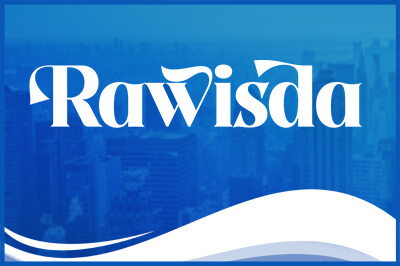
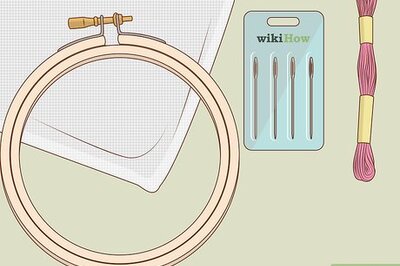

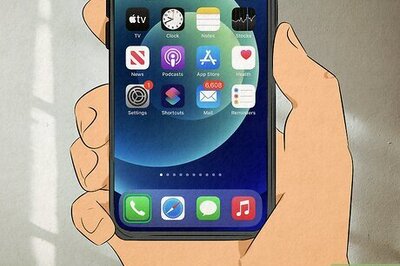


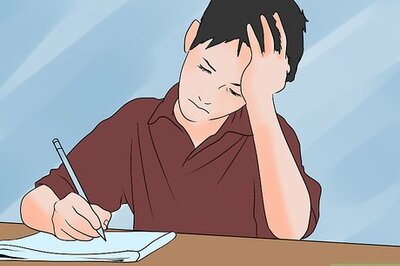
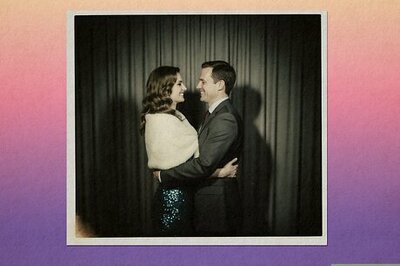
Comments
0 comment